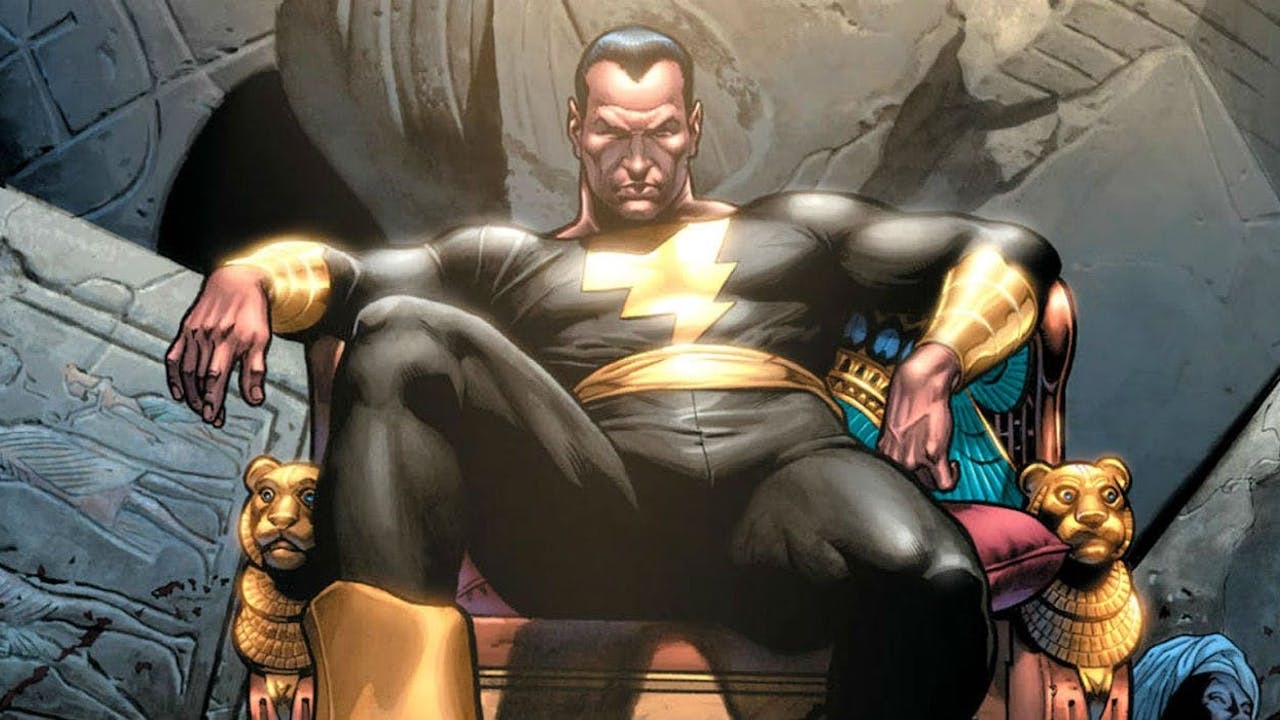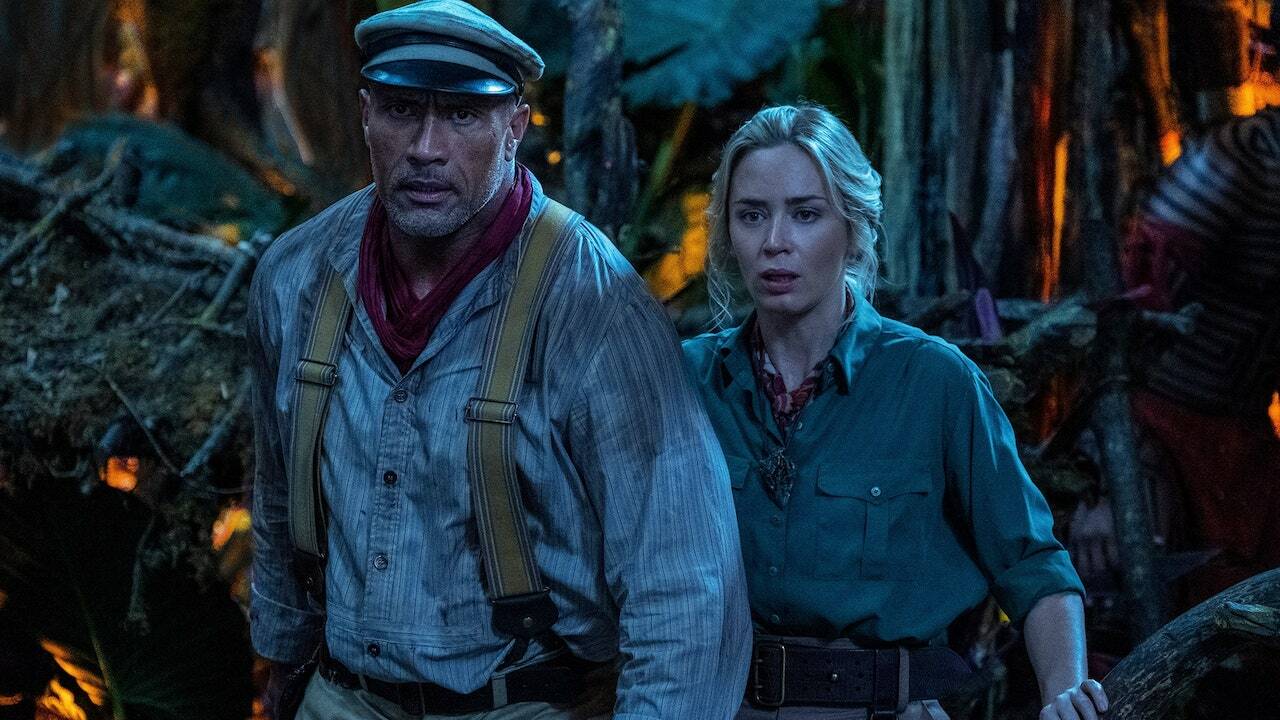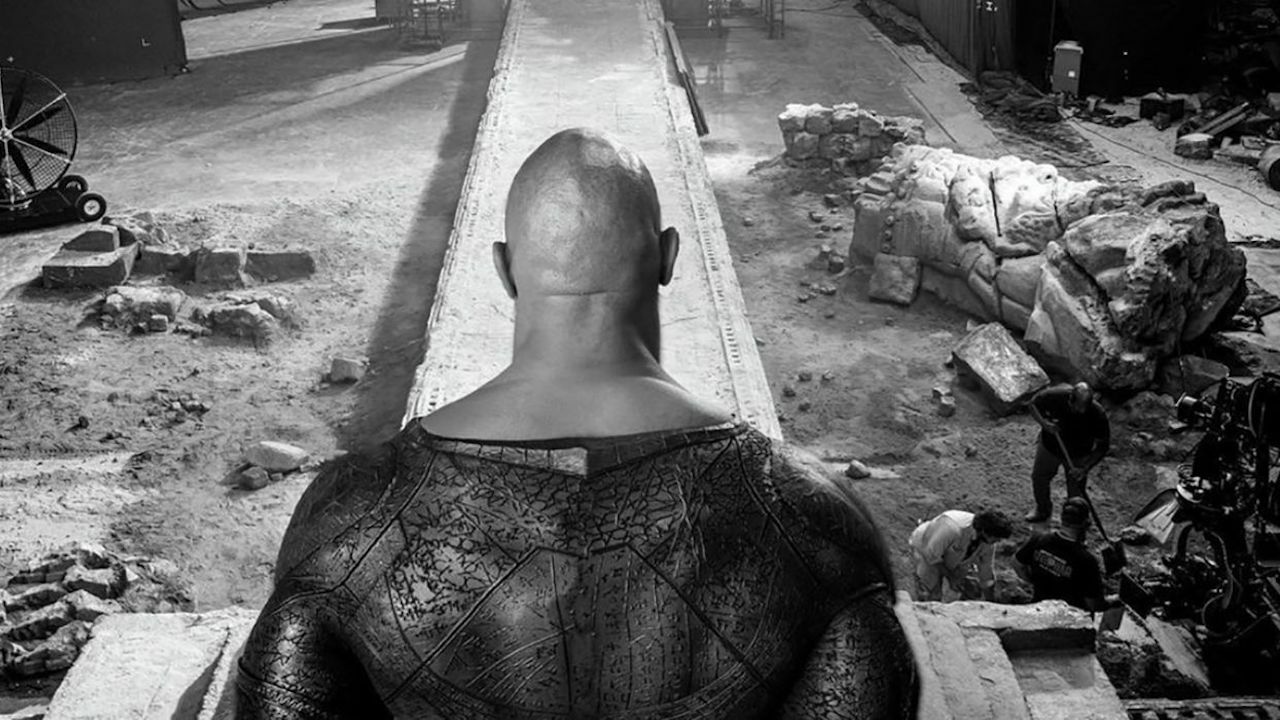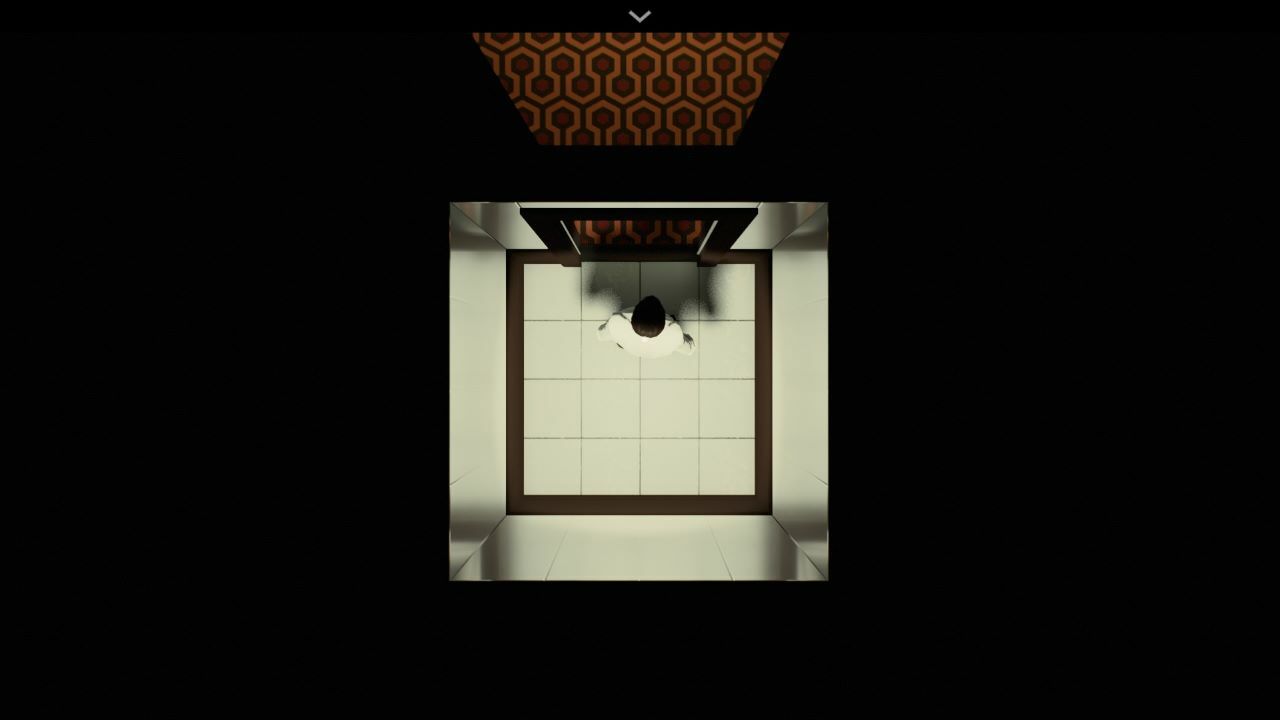Call of Duty: Warzone‘s sniper meta has mostly been a battle between Modern Warfare’s Kar98k marksman rifle and Cold War’s Swiss K31 sniper, but there are other sniper loadouts worth giving a try. Here we highlight some of Warzone’s top snipers for Season 5 and recommend the best attachments for each.
These suggested sniper builds range from fast-paced, aggressive playstyles to the slow and steady long-range sniping, so you can surely find one on this list that suits your personal playstyle.
Here are some recommended sniper builds to try in your next match of Warzone.
Best Kar98k Loadout

Modern Warfare’s Kar98k marksman rifle is still a top-tier sniper choice in Season 5, as this bolt-action rifle continues to boast great mobility, speed, and rate of fire. Even though it’s a little slower and less forgiving than the Swiss K31, the Kar98k is still a sniper choice that packs quite a punch.
Recommended Kar98k Attachments:
- Muzzle: Monolithic Suppressor
- Barrel: Singuard Custom 27.6″
- Laser: Tac laser
- Optic: Sniper Scope
- Stock: STVOL Precision Comb
Swiss K31

Cold War’s Swiss K31 received improvements to its aiming stability and ADS speed in Season 3, and the sniper continues to gain popularity in Season 5. Stat-wise, it’s pretty close to the Kar98k, but the Swiss K31 does offer slightly better handling and movement speed. If you’re new to sniping or want to get more aggressive with your sniping, I highly recommend the Swiss K31 for the easiest-to-use option.
Recommended Swiss K31 Attachments:
- Muzzle: GRU Suppressor
- Barrel: 24.9″ Combat Recon
- Laser: SWAT Laser Sight
- Underbarrel: Bruiser Grip
- Rear Grip: Serpent Grip
SP-R 208

Modern Warfare’s SP-R 208 marksman rifle can be built for aggressive sniping in the same fashion as the Kar98k. It’s not necessarily a popular pick, but it might be worth a go if you’re looking to try something outside of the box for an aggressive sniper build that’s not the Kar98k or Swiss K-31. The SP-R 208 is viable once you unlock the attachments needed to bump up the gun’s bullet velocity and help with the movement speed.
Recommended SP-R 208 Attachments:
- Muzzle: Monolithic Suppressor
- Laser: Tac Laser
- Optic: Solozero SP-R 28mm
- Stock: XRK SP-LITE 208 Blitz
- Ammunition: .300 Norma Mag 5-R Mags
ZRG 20mm

The ZRG 20mm hasn’t been a very popular sniper prior to Season 5, but this gun has the highest bullet velocity of its class. This isn’t a sniper that you’ll be aggressively running with like the Kar98k or Swiss K-31, as this is a behemoth with slow aim-down-sight speed. The ZRG 20mm is more of a long-range sniper perfect for those who like to hang back and go for long-distance shots.
If you’re looking to level this up to unlock the best attachments, Season 5’s ground loot has the ZRG 20mm Beat Drop blueprint, which comes with some decent attachments. It’s worth picking this gun up when you find it on the map.
Recommended ZRG 20mm Attachments:
- Muzzle: Sound Moderator
- Barrel: 43.9″ Combat Recon
- Laser: SWAT 5mw Laser Sight
- Ammunition: 5 Rnd
- Rear Grip: Serpent Grip
LW3- Tundra

The Tundra sits somewhere in the middle with Warzone’s snipers in terms of mobility and handling. It can be used by more aggressive players, but it’s definitely a bit slower than the Kar98k or the Swiss K31. It can also be used for those long-range gunfights. The LW3-Tundra is not a bad sniper, but you’ll definitely want to equip the right attachments to give you better stability and aim-down-sight speed.
Recommended LW3-Tundra Attachments:
- Muzzle: Wrapped Suppressor
- Barrel: 29.1″ Combat Recon
- Laser: SWAT 5mw Laser Sight
- Underbarrel: Bruiser Grip
- Rear Grip: Serpent Wrap
M82

The M82 really hasn’t seen any time in the spotlight, but after receiving a buff to bullet velocity in Season 4, this semi-automatic sniper can be a viable long-range option for Warzone. It also has very little bullet drop, so you can have confidence in those long-distance shots. Much like the ZRG 20mm, it’s a slow and heavy beast that needs the right attachments to boost speed and mobility.
Recommended M82 Attachments:
- Muzzle: Wrapped Suppressor
- Barrel: 22.6″ Combat Recon
- Laser: SWAT 5mw Laser Sight
- Underbarrel: Bruiser Grip
- Rear Grip: Airborne Elastic Wrap
Outside of sniping, here are the overall recommended loadouts for Season 5, and you might also want to make sure your perks are updated with our Season 5 perk guide. Warzone and Black Ops Cold War also just added the Marshal shotgun-pistol, and our unlock guide shows you all the ways you can get your hands on Call of Duty’s newest weapon.
GameSpot may get a commission from retail offers.







